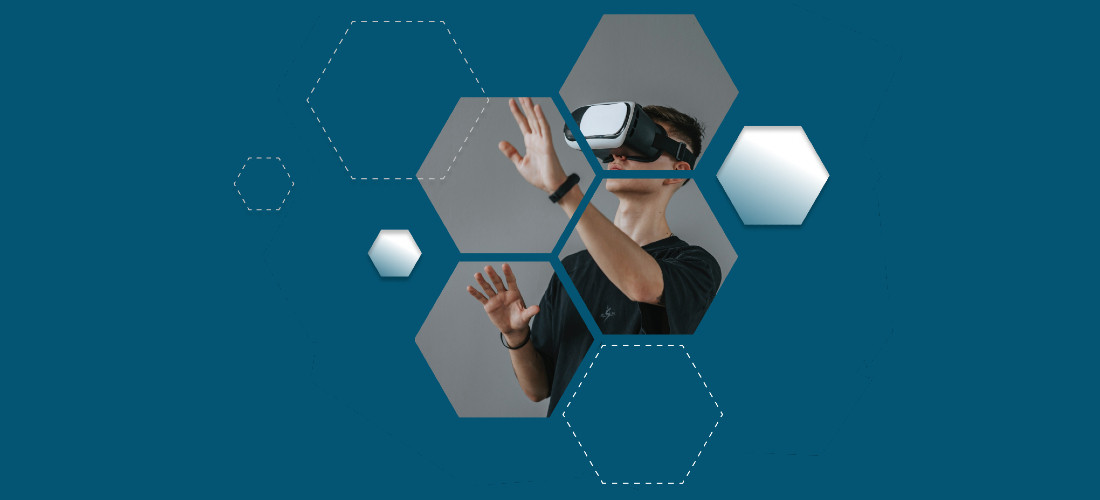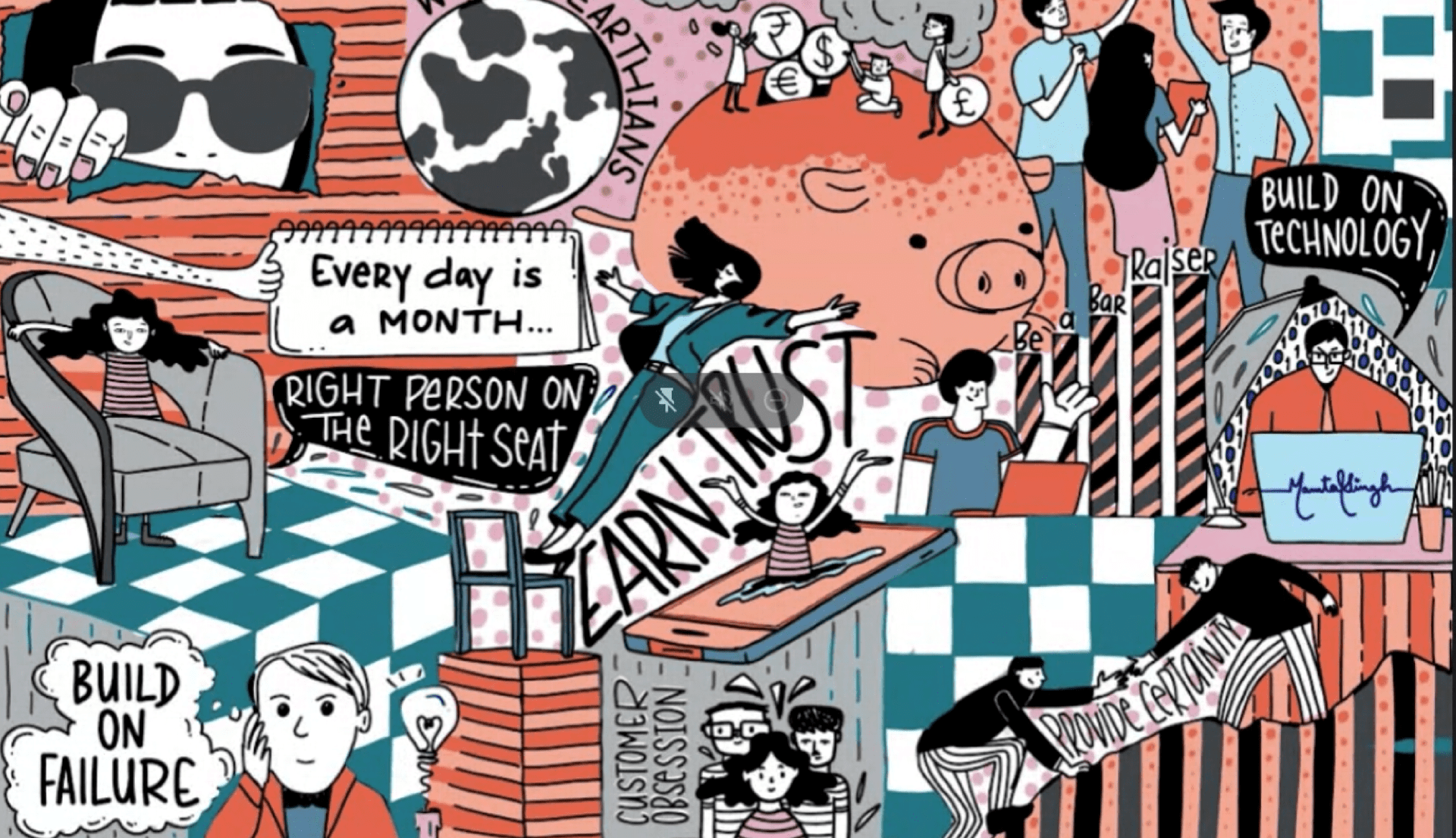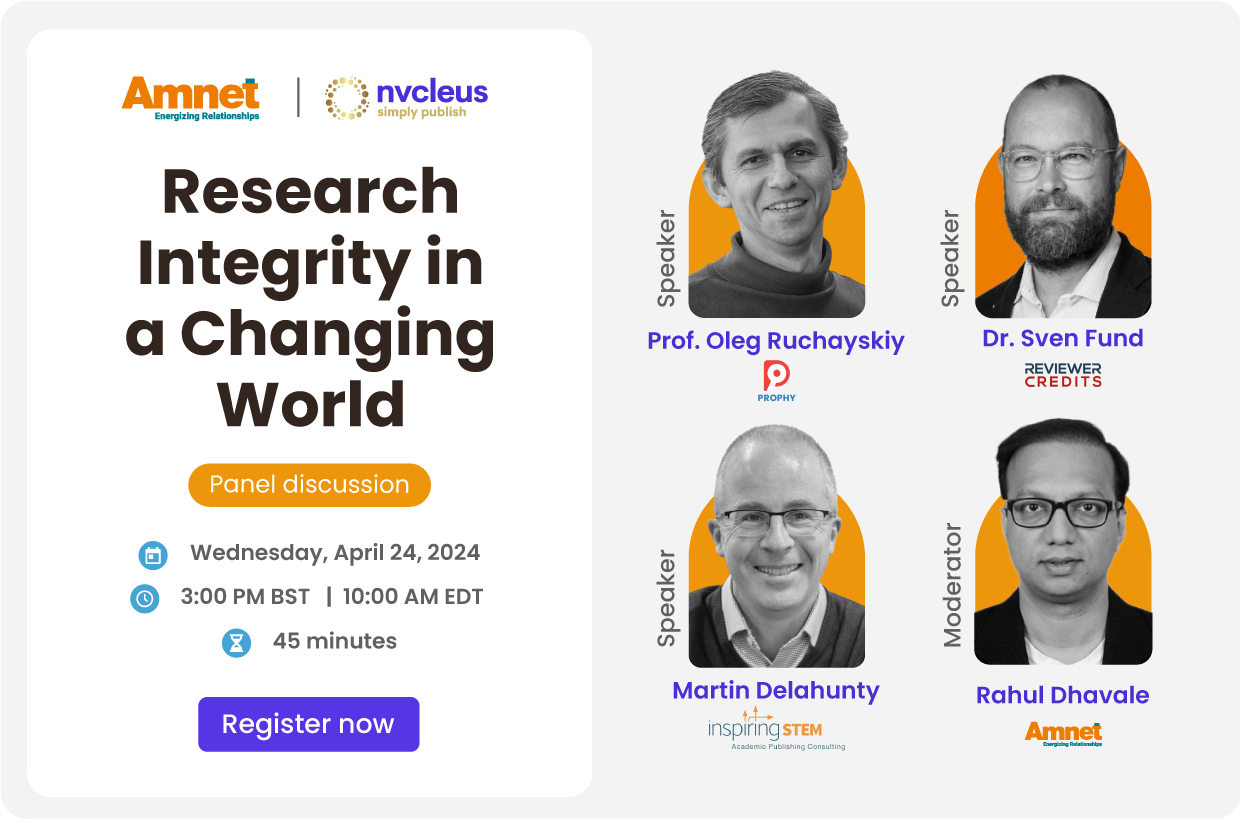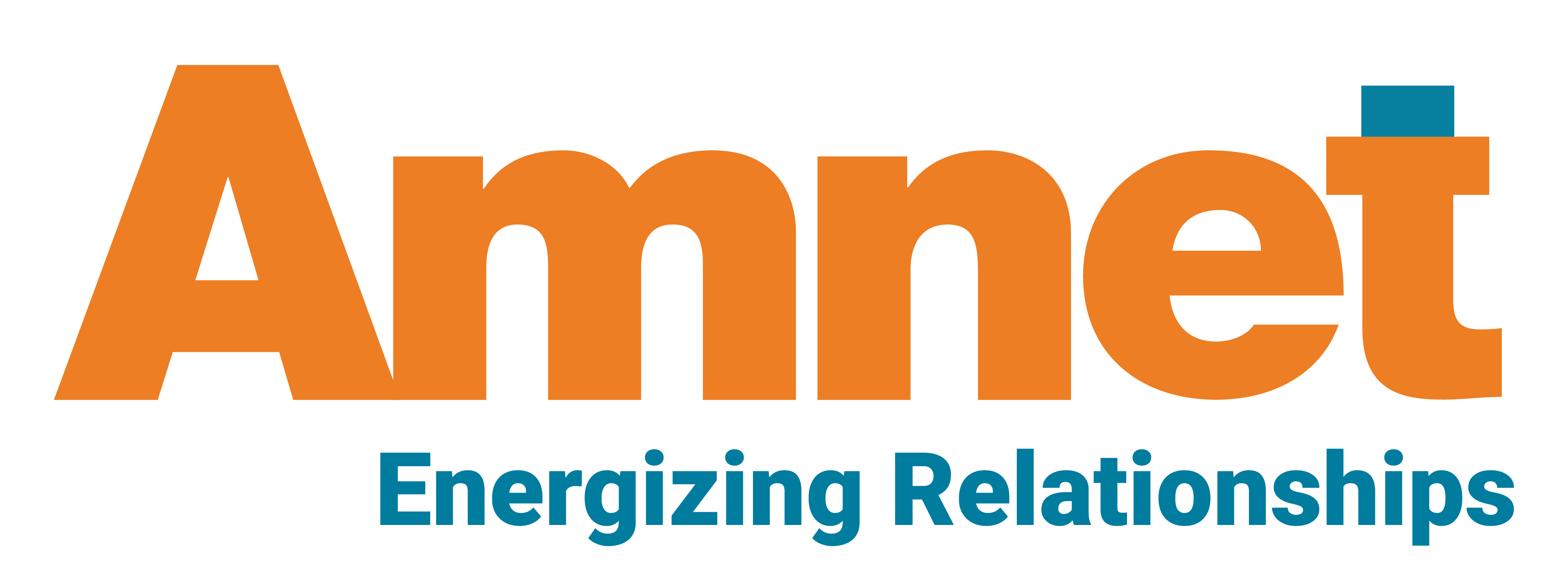
- Augmented reality
- Research publishing
- STEM research
Why STEM Educators Must Include Extended Reality (XR) in STEM Education?
What Is Extended Reality?
Many of us are victims of insomnia. Additionally, COVID-induced paranoia has made sleep and restfulness a rare luxury for many hitherto healthy individuals. Meditation is medically proven to be beneficial for overall health and well-being. There are a plethora of meditation apps in the market, with soothing music, chants, and guided instructions. There are many people, however, who cannot shut off the real world. Immersive guided mediations with VR in virtual settings of beaches, mountains, forests, like the guided meditation VR, have been welcomed and found to be helpful with positive results. This is just one example of the reach of extended reality, or XR! So, what is XR? “XR is a universal term embracing immersive learning technologies such as virtual reality (VR), augmented reality (AR), and mixed reality (MR). These technologies extend reality by adding to or simulating the real world through digital materials, and are an effective way to modernize corporate training programs. By integrating XR into your training, you can immerse your learners in a multisensory environment that’s more interactive, engaging, and effective long-term."
Let us now examine the different technologies of extended reality, one by one:
- VR: Virtual reality uses computer technology to create a simulated environment for the user to inhabit. The most popular component is the head-mounted display (HMD) that allows the user to experience a virtual world complete with imagery and sound, where the user can manipulate objects and move around while being connected to a console or PC.
- AR: Augmented reality uses technology to overlay digital information onto a real-world environment, supplementing the user’s experience with layers of new perceptions. One of the most visible uses of AR in everyday life is the use of QR codes, which are scanned to initiate content on mobile devices.
- MR: Mixed reality, as the name suggests, is a mix of the real and the virtual, all at the same time. The user interacts with and manipulates both physical and virtual worlds. VR and AR blend to create a mixed world, which the user can experience using next-generation sensing and imaging technologies. The Microsoft Hololens is a great example. It was used by a university in Ohio to teach anatomy to medical students.
Now that we have a bird’s eye view of the XR universe, let us look at its applications in STEM education:
- Critical thinking, creativity, and problem-solving are three of the most vital skills required in STEM education. VR, AR, and MR are integral to visualizing and applying abstract concepts for effective analysis and problem-solving, without the risk of real-world variables. Let us see how.
- Hospital emergency rooms are fraught with crisis situations. Imagine replicating such a tense scenario in a mixed reality environment. There is a critical patient on the bed, whose blood pressure is dropping. A surgery has to be done. A scalpel is being picked up, and a cut is being made. There is blood. All this is done in five minutes as it would be in a real operation theater, with all the related stress. Now imagine the advanced level of preparedness the students who experienced this scenario with MR would have and their level of confidence when they encounter an emergency in an actual hospital.
- MR allows students to view inside a human heart and clearly understand how an aortic valve works, a scenario inconceivable with a cadaver.
- In a chemistry lab, experiments can be conducted using MR, including visualizing the chemical reactions, which is not possible in a traditional two-dimensional approach.
- Engineers can work remotely and do 3D modeling without incurring any expense on labor, materials and more.
- Math students can develop spatial mathematical tools through 3D tools including AR, VR, and 3D printing. Structures using math equations can be built without actually constructing them.
The possibilities are myriad and almost infinite!
Now let’s examine the benefits of XR in STEM education:
- Multisensory learning: A well-known truism is that students learn better when most of their senses are stimulated. XR can provide deep multisensory experiences that are unviable in the real world. While the sense of touch is already being added to XR, smell, taste, and hearing are predicted to be available by 2030.
- Extending reality, literally: XR enables an immersive experience—something impossible to replicate in the real world. Imagine interacting with life-size molecules or entering a volcano or engineering students bringing up text and visual overlays on their mobiles while undergoing electric procedure training in the lab.
- Greater learning and retention: Such immersive experiences help learners form new experience-based knowledge and stimulate motivation.
- Location agnostic: Never at any time in history, has “anywhere, anytime” learning been a fulcrum of education as it has in the COVID-19 pandemic environment worldwide. Adoption of XR learning has exponentially increased in the last couple of years, and this transformation is sure to continue and grow.
- No-risk environment: XR helps learners grasp abstract concepts and gain hands-on experience in zero-risk virtual settings; refer the emergency-room scenario mentioned earlier.
- Inclusivity: XR can be customized for people with disabilities (PWD), making them part of an inclusive experiential learning universe.
- Cost-effectiveness: XR is easily the most economical learning option in the long run. With XR, lab development, scientific equipment, and maintenance costs, all can be eliminated.
- The final word in favor of XR in STEM education lies in the “experience.” This is the biggest determining factor for the development and deployment of XR in STEM learning.
Researchers have testified to the enormous positive results in XR learning for increasing motivation and engagement and enabling holistic multisensory comprehension. At Amnet, we provide seamless, cost-effective, robust, and accessible solutions and services to scientific, scholarly, and academic publishers. With our expertise in all types of scientific publishing, we can partner with you in the dissemination of your research.

Thank you for Subscribing!
The confirmation link will be sent it to
your mail
RELATED POSTS
-
 Scientific Publishing
Scientific Publishing -
 Scientific Publishing
Scientific Publishing -
 Scientific Publishing
Scientific Publishing




